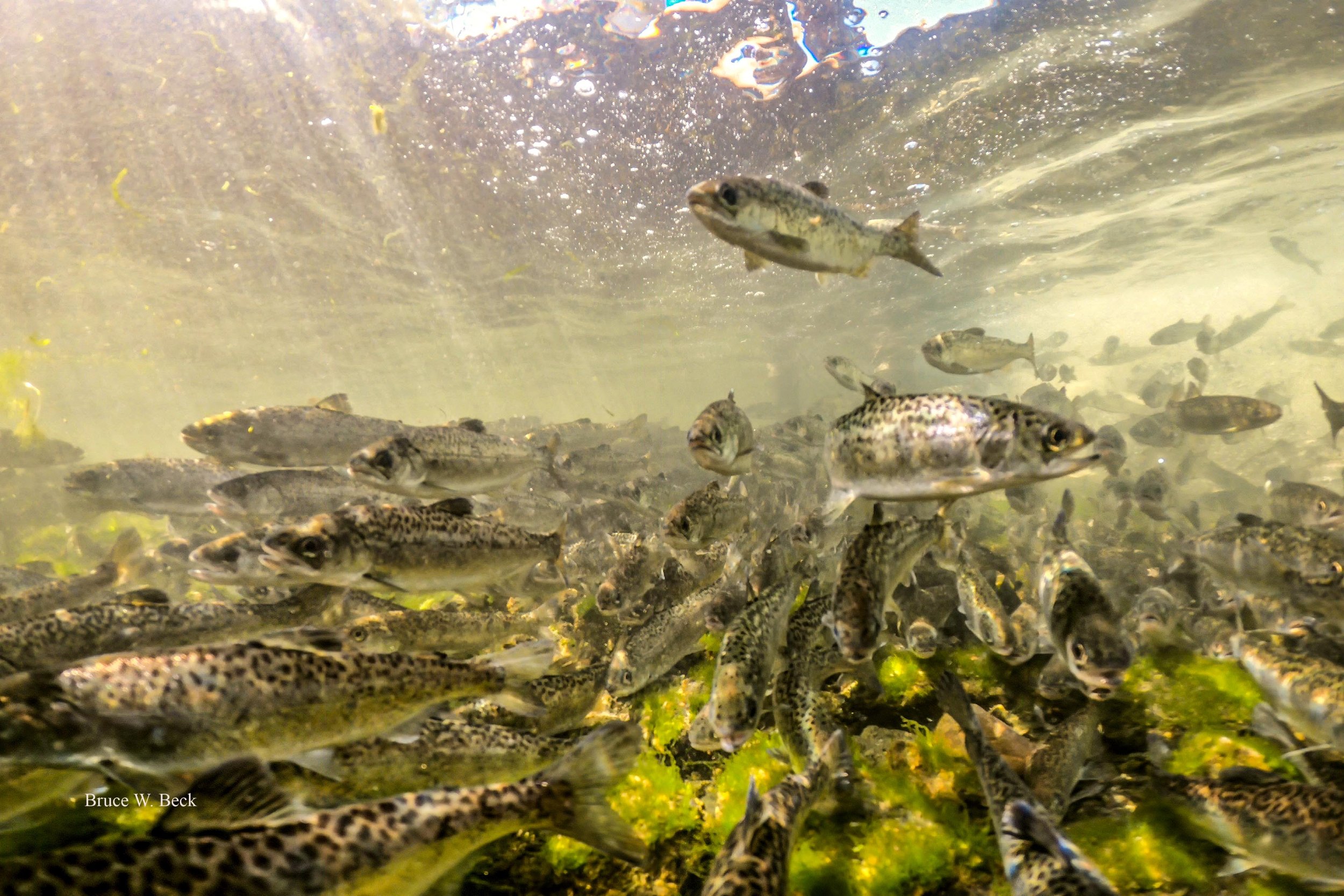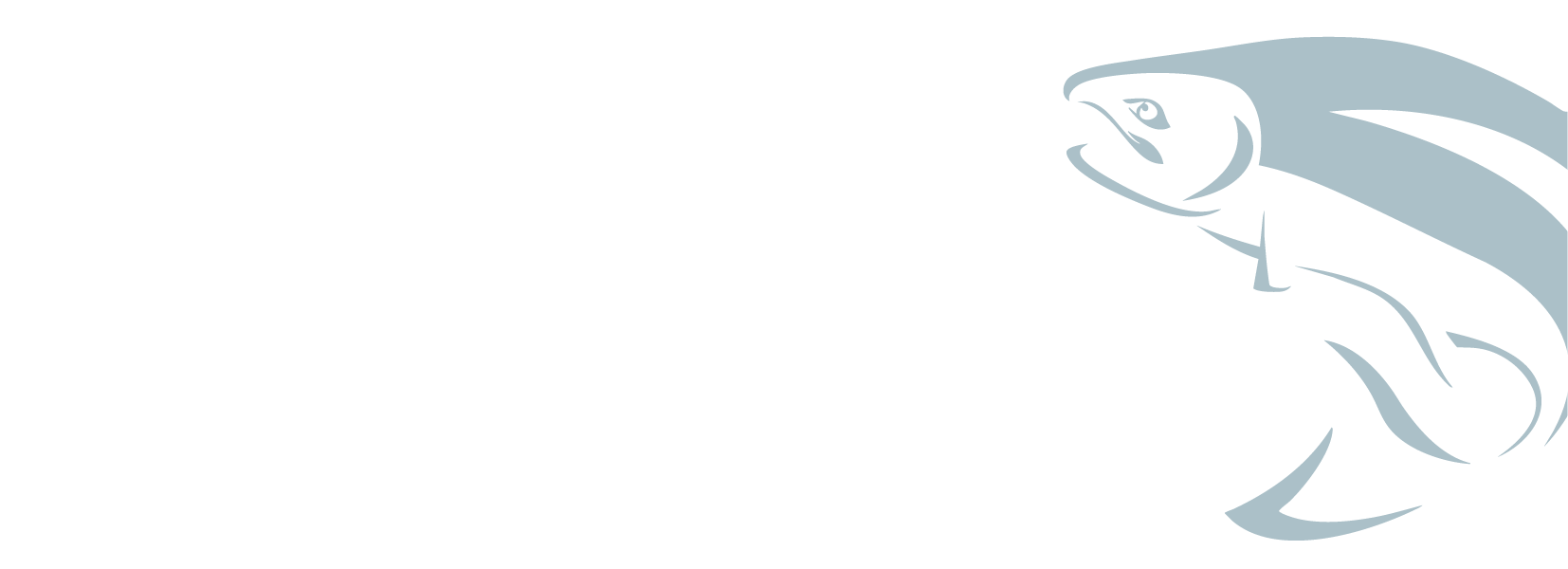
Indian Creek Hatchery
Supplementing the Production of lower Rogue River Fall Chinook salmon
The major goal of the Indian Creek Hatchery is to supplement the natural production of lower Rogue River Fall Chinook salmon. The lower Rogue River stock was dangerously low during the 1980's but has shown dramatic improvement over the past several years. It is believed that habitat improvement and hatchery supplementation can help maintain a healthy stock especially in years of drought or poor ocean conditions.
Hatchery Process
-

Hatchery Holding Tank
Each fall, adult salmon return to the hatchery holding pen.
-

Fish Seining
Adult salmon can also be seined from lower Rogue tributaries. (Seining = a large wall of netting deployed around an entire area or school of fish).
-

Sterile Egg Bucket
When the female salmon are "ripe" the eggs are taken and placed into sterile buckets.
-

Salmon Egg Fertilization
Eggs are then fertilized with the sperm from several males, directly into the bucket with eggs.
-

Fertilized Salmon Eggs
The fertilized eggs are placed in specially built trays where time and temperature determine hatching.
-

Chinook Salmon Release
When the fish reach "smolting stage", determined by appearance, weight and readiness to go to sea, they are released into the Rogue River.

Salmon Smolt Release on the Rogue
Smolt Release on Rogue River, ODFW STEP Program and Curry Anadromous Fishermen of Indian Creek Hatchery
Anadromous Fish in the Wild
It is critical to understand the life cycle of the anadromous species of fish if we are to assist in the preservation of their species. Click the button below to learn more.
Become a Volunteer Today
Volunteering with Curry Anadromous Fishermen at Indian Creek Hatchery supports local fish conservation. Volunteers assist with fish spawning, hatchery maintenance, and educational outreach, gaining hands-on experience that enhances understanding of aquatic ecosystems. They promote sustainable fishing practices and contribute to the health of anadromous fish species, benefiting both the environment and community.


